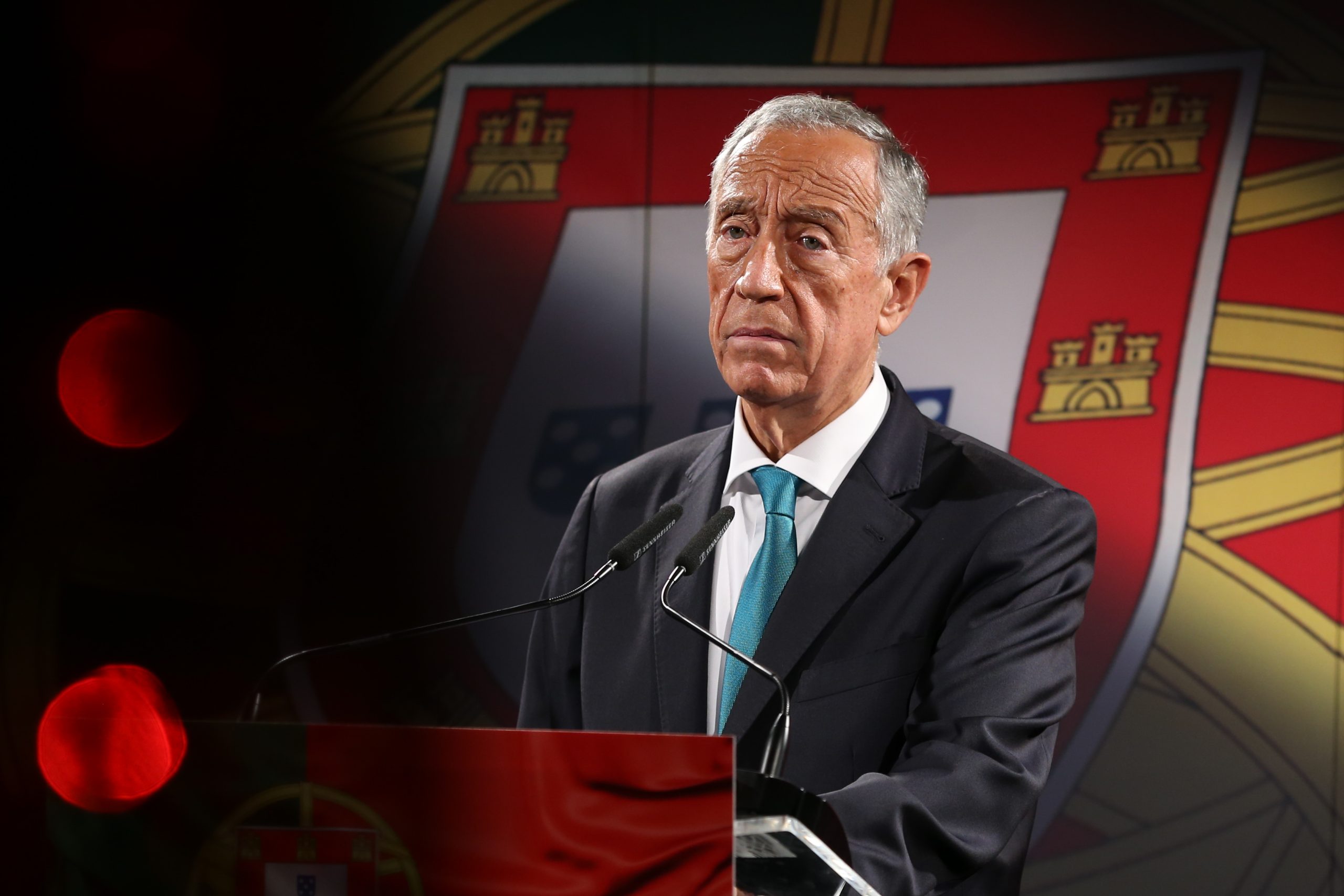Fake news and social networks. It is increasingly difficult to distinguish the truth from lies

“A lie told a thousand times becomes a truth,” he says. Although it should not be so, we live times when it is. To the fake news They are a reality. Although not recent, increasingly usual. And it is undeniable that social networks have become increasingly viral, increasingly present and increasingly as certain.
The data is alarming: one in three Portuguese sees false/wrong information almost every day. And about 81% says he is concerned about his ability to distinguish true and false content on the internet, reveals the order of Portuguese psychologists (OPP) in the ‘Let’s talk about misinformation’ report. Among the topics where they find the most misinformation, policy (28%), economy and cost of living (19%), wars (37%) and immigration (17%) stand out.
Even if they speak a lot about misinformation and fake newsit is important to distinguish them. « To the fake news They specifically refer to false news that is presented as if they were true, often with the aim of influencing opinions, generating clicks or advertising recipes. To the fake news are a form of misinformation, but not all misinformation is presented in the form of fake news”Warns the order of psychologists.
The advance of social networks
In an increasingly technological age, social networks contribute a lot to boosting this ‘virus’. And the data is not encouraging: on social networks fake news spreads six times faster than true news, says OPP. And the way we find one is very easy: “Every day, as users, we can distracting about 90 meters of feed on social networks – approximately the height of the statue of freedom,” says the OPP.
To the IJoão Canavilhas, Full Professor at the University of Beira Interior and investigator of Labcom, says there is no doubt: social networks “are the channel where fake news more circulate for a simple reason: on social networks there are few rules and some social networks, following the election of the new US President to have withdrawn some services that had FACT CHECKING That in the meantime they had bought out external companies, now the control will be rigorously zero. ”
From this moment on, the full professor says that, « that is the channel, par excellence, to work everything that has to do with false information because, on the other hand, is precisely the journalism that is where this does not happen because there are control systems. »
Questioned about the main objective of the dissemination of these fake newsJoão Canavilhas says that there are several typologies, arguing that information, analyzing the way it appears, « always has one goal: to reinforce a certain position or harm the other position. » This can be done « through humor, which people often do not even notice that there is a particular message that is implicit or can be by changing certain data. » In fact, he adds, “this genre of manipulation works both in the sender and in the message and in the way it is transmitted,” he warns.
Is it more difficult to distinguish the true from the false?
In the face of this question, João Canavilhas is pereny: « This will happen. » Because, in your opinion, « from the moment the social networks themselves fail to control false information, it will be getting worse and worse because people are closing in informative bubbles. » “We find that less and less journalism is consumed. The exception is, for example, at heights of crisis. When there are times of crisis, people usually return to journalism. But what we have seen lately is people consuming information that is not journalistic information within social networks, they close in certain bubbles, and from the moment they stop looking at what are traditional media, it becomes more difficult to compare what is being attributed with what is being attributed to what It’s the truth and that’s the problem. ”
And the parties?
The full professor also draws attention to political parties, an analysis that can be done in several strands. « They can be broken but can also be sympathizers, people who have some special interest in making a fake message. Now what we see is that the parties themselves are sometimes acting this way, » recalling a study that was done by Labcom in the last European elections. “We have detected a trend, for example, which was the use of surveys of companies that are not accredited to do so. Then we realize that one wants to convey a message that, for example, a particular party is in great growth when it is actually not any probing. It is a study made with the convenient sample to come to the conclusion they want,” he says, adding a way to change news, using “messages Head of that information that appeared to be from a newspaper, was very similar to the header of some newspapers that exist in Portugal. lettering Very similar, one logo… and all this is to go seek what is the credibility of journalism and try to put there as false information. ”And warns: » These strategies get more and more tuned and that’s why someone needs to be vigilant. «
The teacher says that later exists is the problem of open social networks – such as Facebook, Instagram or X – and the closed, as is the case with WhatsApp. « In Portugal, WhatsApp was not used much for this type of information, contrary to what happened in other countries, but there are increasingly closed groups and there it is impossible to go to do any control. Tendentially the situation will get worse, » he warned.
And artificial intelligence?
At a time when the use of artificial intelligence has grown, it must also be taken into account that it can be increasingly used for fake news. João Canavilhas says that the use of this technology is “like everything in life”. « All technologies can have good use or misuse. It can be used to detect false information, whether through image or by text – and there are already tools for it – but it can also be used for the production of false information, » as is the case of Deep fake « In which probably the use in favor of misinformation will be very complicated. » The teacher recalls that today there are several tools that allow you to put a person to say things she truly never said. « It is such a typification of misinformation that has become easier to do. And this will make the situation even worse. Because, as these algorithms are perfecting and that these tools are perfecting, it will be increasingly difficult to distinguish if it is true or false because technology is evolving. »
THE TRUE SOLUTION
For João Canavilhas, as much as systems develop to combatake news – And remembering that computer tools are being developed for this by your team – There is only one solution to combat this fake news trend: journalism. « The only way to perceive the phenomenon is through context. If we look at a particular phenomenon and look around in that phenomenon, we can at least realize how it is happening. Who does this is journalism. » He adds: « Journalism is that it contextualizes the phenomena, is that it is concerned to contrast the sources. And from there we come to some conclusion. In addition to theoretically there is no false information in journalism, and there is a set of techniques that make us confidence in journalistic information. »
In your opinion, technology is not enough. « It will have to be through people. Because artificial intelligence has some difficulty interpreting, for example, irony or humor. There may be a message there, we can have a machine or a algorithm that could even detect, but then this human part of interpretation was lacking. And who does this are journalists, journalism. »
But it is not any journalism. “It has to be a strong journalism and, for that, there has to be financing. There has to be money in journalism because good journalism is expensive. It’s like in all activities. And it’s not because of technology because it is already very cheap. It’s because of human resources,” warns João Canavilhas.








